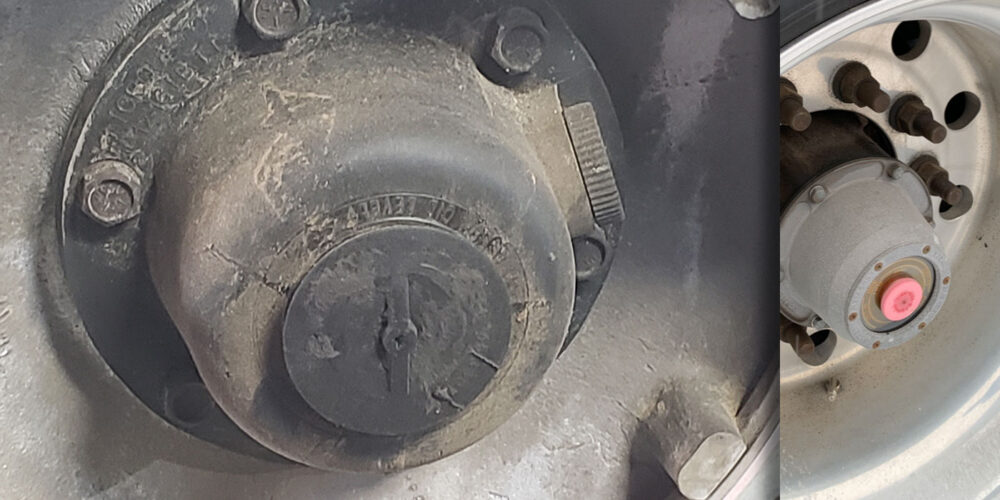The Commercial Vehicle Safety Alliance (CVSA) recently published the results of its 2022 International Roadcheck, which took place this past May. During the 72-hour event, CVSA-certified inspectors worked with North American regulatory agencies to conduct 59,026 inspections of commercial vehicles across Canada, the United States, and Mexico.
Each year, the CVSA selects a focus area for its inspections, intending to educate drivers and fleets on that area’s specific importance to the safe and proper functioning of the asset. This year’s emphasis was on the wheel end, one of the most complex and critical systems on a commercial vehicle. According to the International Roadcheck results, wheel end violations accounted for 22.8% of all out-of-service vehicle violations throughout North America.
There is no question that maintenance technicians hold the brunt of the responsibility for determining whether a vehicle is fit for service. But drivers have a vital role in confirming the vehicle’s condition before embarking on a trip. When it comes to the wheel end, pre-trip inspections are largely visual and only take a few minutes to perform. When a driver is properly trained to spot issues with the wheel end, it can mean the difference between a successful trip and costly downtime.
One of the easiest and most impactful things drivers can check for is proper lubrication in all wheel hubs. This includes looking for leaks coming from the hubcaps, seals, and fill plugs, ensuring the appropriate quantity of lubricant, and inspecting its condition.
It is important to note that some amount of lubrication will inevitably seep out of the hubcap. Dirt and debris will collect on any oil outside the hub cap, blocking the view of the lubricant through the sight glass. It is recommended that drivers always keep a shop rag and a flashlight on hand to thoroughly clean off the sight glass and inspect the lubrication inside.

Other things drivers need to be on the lookout for during their pre-trip inspection are:
- Missing or broken fasteners on hubcap bolts and wheel studs;
- Signs of loose fasteners, including rust or dark streaks coming from the wheel studs;
- Signs of wheel seal leaks inside the wheel and brake assembly, including lubricant on the brake components or inside the wheel; and
- Damaged or severely worn brake drums or disc brake rotors. (It is easy to inspect these components while inspecting the wheel end for a possible seal leak.)
If any of these inspections fail, the vehicle must be taken back to the maintenance department for remedy. A delayed trip is not ideal, but the risks involved in skipping the pre-trip inspection or not addressing any spotted issues are too great to take. Failed inspections that lead to citations can cost money and time. With too many, the driver can lose their job, and the fleet could lose customers. A roadside event will also likely create more downtime than correcting the issue in the first place. And above all, a failure on the road could end in a catastrophe, endangering the driver and others on the road.
To stay even more on top of vehicle maintenance, drivers can consider adding a post-trip inspection to their routine. Though largely not required, it can give a driver extra time to fix any issues they may catch before it’s time to set out on their next trip. If adding a post-trip inspection, drivers should again check the lubrication, looking for the same warning signs listed above. Since the vehicle is hot, it is also the perfect time to check for leaks.
At the end of the day, it takes a whole team to ensure the vehicle is in good working condition. While technicians are the experts, the drivers are the last line of defense against wheel end failures. Due diligence, and basic training will help drivers maximize uptime, reduce citations, and be safe on the road.
Nick Tosie is the director, national service group, with ConMet.














